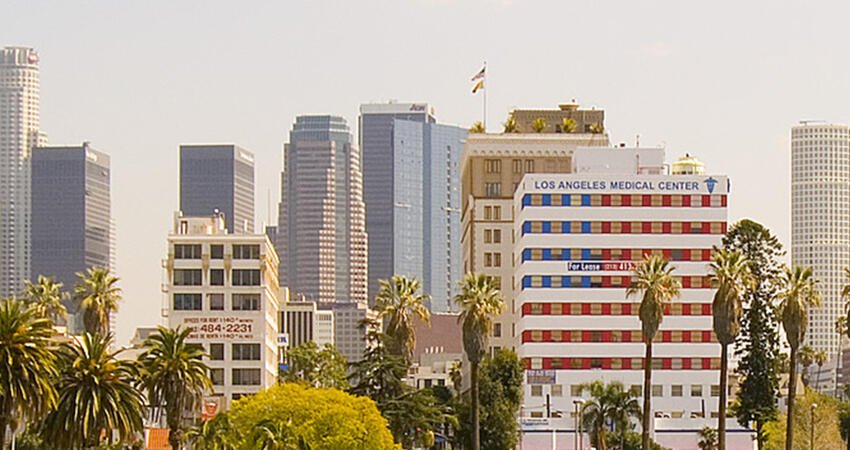
What Contributes to the Successful Formation of a Business Improvement District in a Low-Income Immigrant Neighborhood?
- Title:
- What Contributes to the Successful Formation of a Business Improvement District in a Low-Income Immigrant Neighborhood?
- Author:
-
Wonhyung Lee
- Source:
-
Urban Affairs Review
- Publication Date:
-
2016
A neighborhood’s characteristics and community organizing capacity can influence the formation of a business improvement district (BID), according to Wonhyung Lee in Urban Affairs Review. Lee performed a comparative case study between two adjacent, low-income immigrant neighborhoods in Los Angeles. Because the city struggles to fund basic services for maintaining or revitalizing neighborhoods, residents and businesses have turned to market solutions, such as BIDs, to focus on neighborhood cleanliness and public safety. But BIDs have been slower to develop in neighborhoods with lower incomes and higher immigrant populations. From April 2013 to April 2014, Lee conducted 37 interviews, reviewed archival records and documents, and observed meetings related to BID formations in MacArthur Park and the Byzantine Latino Quarter (BLQ). By comparing communities that are similar socioeconomically and geographically, Lee better isolated the differences in community organizing abilities and community characteristics between the BLQ’s successful and MacArthur Park’s unsuccessful BID formation efforts. Lee finds key differences in BID formation related to leadership, organizational resources, resident engagement, and attitudes toward diversity. This comparative case study can guide BID formation in similar low-income immigrant neighborhoods.
Key findings
- Leaders within the community initiated the BLQ’s successful BID formation process, whereas the city started MacArthur Park’s unsuccessful BID formation efforts.
- Preexisting neighborhood development efforts by community organizations supported BID formation in the BLQ, but MacArthur Park lacked nongovernmental organizational support.
- The Neighborhood Council governing the BLQ was more active in forming the community’s BID than the council in MacArthur Park, which suffered from a lack of leadership and community engagement.
- The BLQ emphasized the importance of diversity in community development while MacArthur Park lacked an explicit attitude toward diversity.